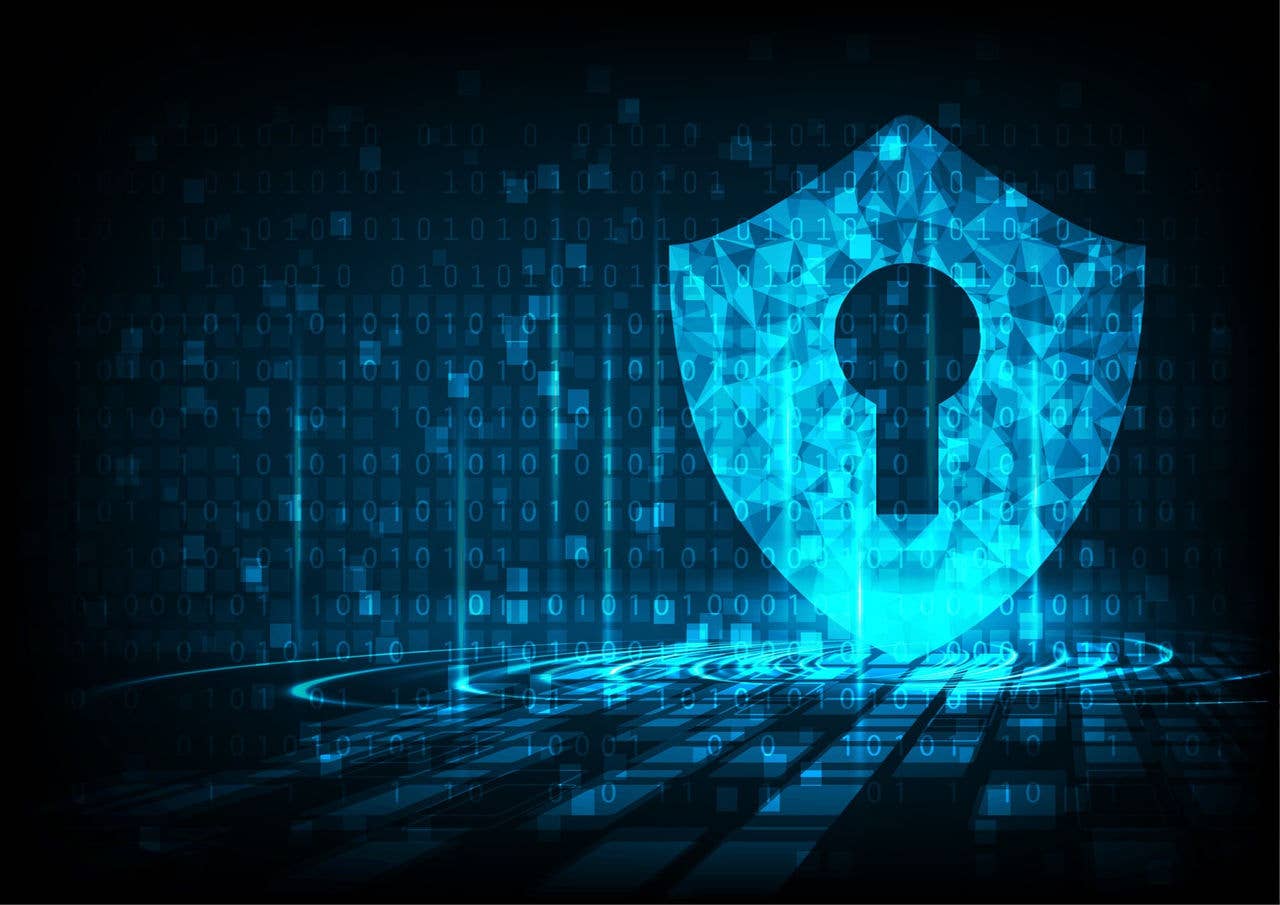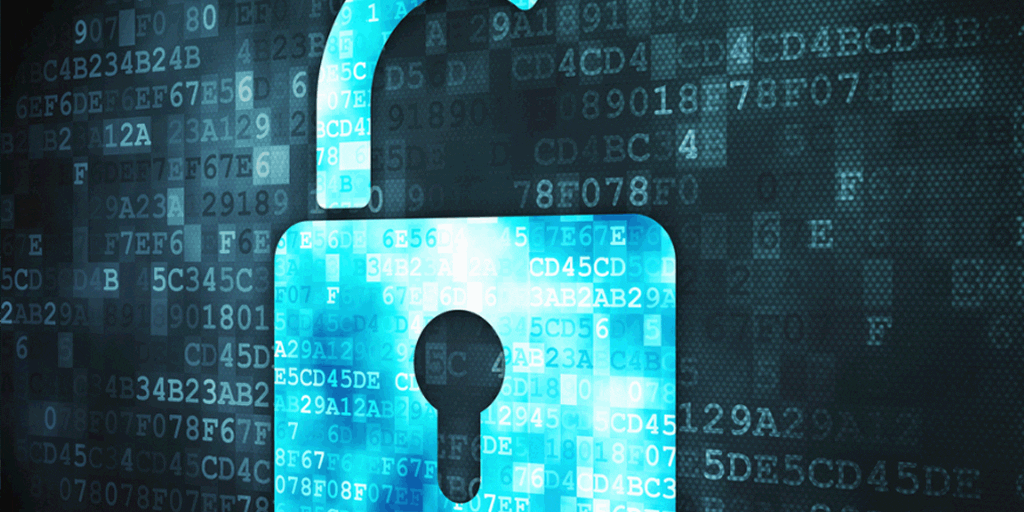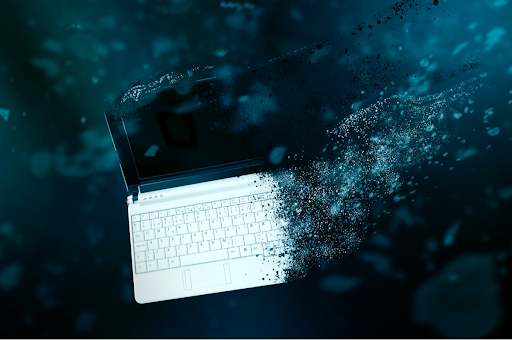Just How Appropriate Data Devastation Adds to Robust Computer Protection Solutions and Mitigates Risks of Information Breaches
In today's digital landscape, the value of appropriate data devastation can not be overstated, as it acts as an essential component of thorough computer security solutions. By executing reliable data erasure strategies, organizations not only protect delicate information from unapproved access yet likewise bolster their conformity with regulatory structures - data destruction. However, the ramifications of inadequate information devastation extend past simple conformity; they can profoundly impact a company's cybersecurity pose and reputation. Comprehending these measurements raises essential questions about the methods in position and their effectiveness in an age of rising cyber threats.
Value of Information Devastation
In today's digital landscape, the significance of information devastation can not be overemphasized. As organizations progressively count on electronic properties, the possible threats connected with information breaches and unapproved access intensify. Reliable information devastation is a crucial component of an extensive information safety and security technique, protecting sensitive information from falling under the hands of destructive stars.
When data is no longer needed, merely removing data or formatting hard disks is inadequate. Recurring information can usually be recouped utilizing readily offered devices, presenting significant dangers to both individuals and companies. This underscores the need for robust data devastation methods that ensure all information is irretrievably eliminated.
Moreover, regulatory conformity mandates, such as GDPR and HIPAA, emphasize the commitment to secure sensitive information, including its appropriate disposal. Non-compliance can lead to extreme economic fines and legal effects. data destruction. Therefore, integrating efficient information devastation procedures not just improves protection yet also fortifies a company's credibility and reliability

Techniques of Secure Information Erasure
Several reliable methods of safe and secure data erasure can be utilized to ensure that sensitive details is permanently eliminated from storage space devices. One commonly identified method is information overwriting, which entails replacing existing data with arbitrary patterns numerous times. This method dramatically decreases the possibilities of information recovery, although it may not be reliable versus advanced forensic methods.

Physical devastation is additionally a trusted technique, where storage space tools are provided pointless via shredding, squashing, or incineration. This technique makes certain that information can not be recuperated whatsoever however needs careful handling of dangerous materials.
Lastly, specialized software tools designed for safe information erasure provide functionalities that adhere to various erasure criteria. These devices typically include attributes like confirmation processes to validate successful data devastation.
Using these techniques in combination can enhance information safety and reduce the risks linked with information breaches, ensuring that delicate info is not inadvertently revealed.
Legal and Conformity Considerations
The approaches utilized for safe and secure data erasure not just serve to shield sensitive details but additionally must line up with legal and compliance structures governing information defense. Organizations are needed to adhere to various laws, such as the General Data Security Regulation (GDPR), the Medical Insurance Portability and Liability Act (HIPAA), and the Payment Card Market Information Security Requirement (PCI DSS) These guidelines mandate specific procedures for information taking care of and destruction, making sure that individual and delicate data is irretrievably gotten rid of when no more needed.
Failure to conform with these lawful needs can result in considerable fines, consisting of fines and reputational damage. Furthermore, companies have to keep documents of data destruction processes, demonstrating compliance throughout audits or examinations. This documents not just shields versus lawful repercussions but additionally enhances trust with stakeholders and clients, showcasing a dedication to data safety.
Including lawful and conformity factors to consider right into information damage methods is necessary for any find more kind of company. It lessens the danger of information breaches and illustrates a proactive approach to safeguarding delicate details, ultimately promoting a culture of safety and security and accountability throughout the company.
Influence on Cybersecurity Pose
Reliable data damage substantially improves a company's cybersecurity pose by minimizing the prospective attack surface area for cyber dangers. When sensitive data is not effectively damaged, it stays available to malicious stars who can manipulate this info for unauthorized accessibility, identification theft, or company espionage. By executing durable data damage methods, companies can properly reduce the danger of data breaches and boost their general security structure.
Furthermore, the protected disposal of unnecessary or outdated information not only secures sensitive details but also aids organizations adhere to sector regulations and criteria. Failure to properly damage data can cause extreme legal effects and reputational damage, additional endangering an organization's cybersecurity position.

Eventually, focusing on efficient data damage is vital for fostering a durable cybersecurity position, making sure that organizations stay vigilant against evolving cyber dangers while protecting their crucial assets and stakeholders.
Best Practices for Organizations
Implementing ideal techniques for information damage is important for organizations intending to guard delicate information and mitigate cybersecurity threats. Companies must establish a comprehensive information damage policy that details procedures and responsibilities. This plan ought to follow pertinent guidelines, such as GDPR or HIPAA, guaranteeing lawful conformity.
Second of all, it is crucial to make use of approved data sanitization techniques, including information wiping, degaussing, and physical devastation, tailored to the kind of data and storage space tool. Utilizing qualified experts for information damage solutions enhances the integrity of these methods.
In addition, organizations must maintain an in-depth supply of all data storage space tools, guaranteeing that all out-of-date or changed devices undertakes devastation. Regular audits of information devastation techniques can assist recognize weak points and boost conformity.
Employee training is one more essential aspect, as staff has to comprehend the relevance of data destruction and stick to developed methods. Companies must record all information devastation tasks to give liability and traceability, which can be invaluable during audits or in the event of a breach.
Final Thought

One widely acknowledged approach is data overwriting, which includes changing existing data with random patterns numerous times.The methods employed for secure data erasure not only offer to protect sensitive info yet also should line up with lawful and conformity frameworks regulating information defense. These regulations mandate particular methods for information taking care of and devastation, ensuring that personal and click this link sensitive information is irretrievably gotten rid of when no longer required.
By carrying out durable information devastation protocols, organizations can efficiently reduce the danger of information violations and improve their total protection structure.
In verdict, correct information devastation is essential for enhancing computer security services and mitigating the risks associated with data violations. - data destruction